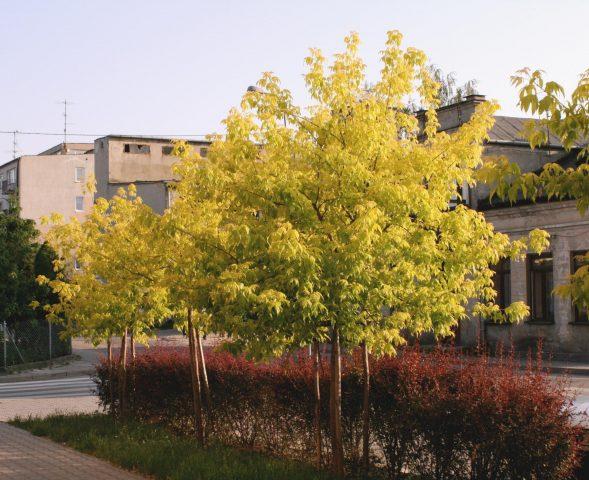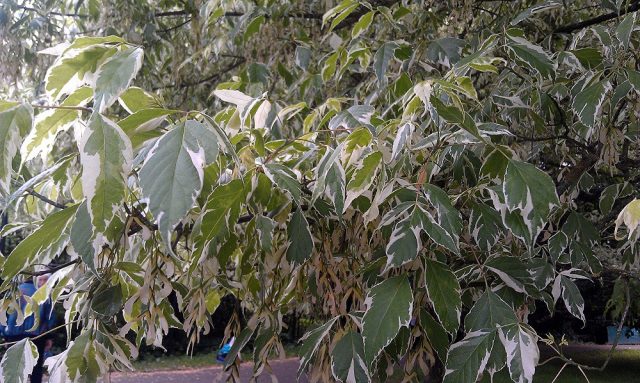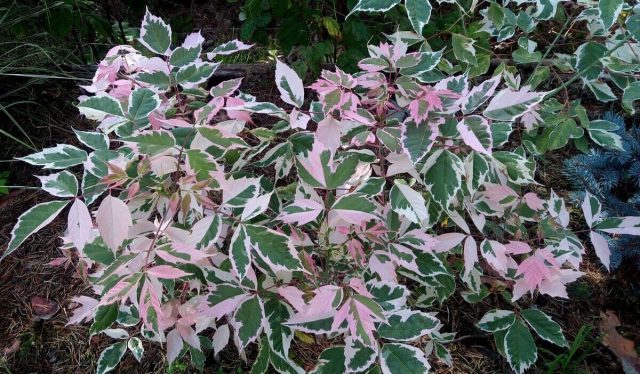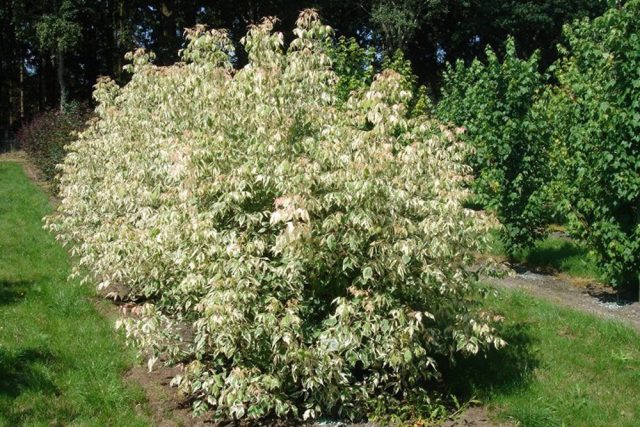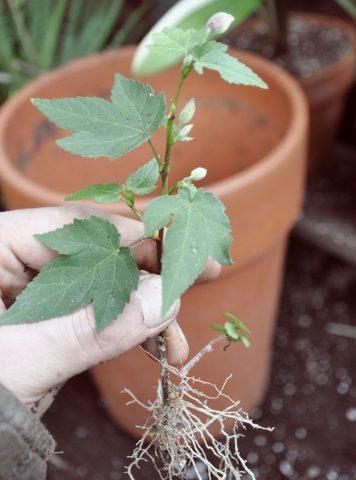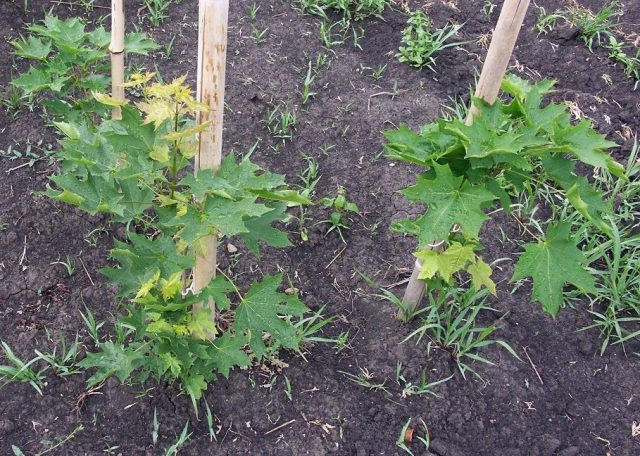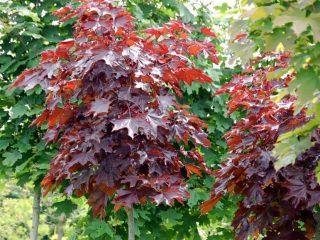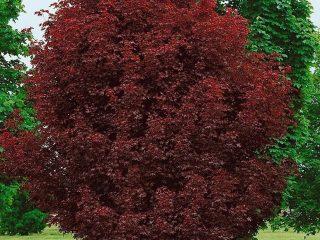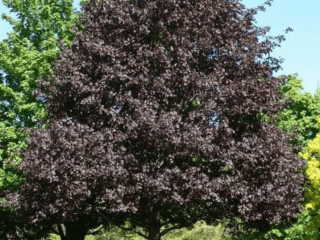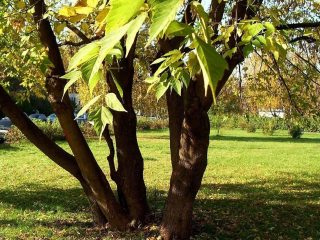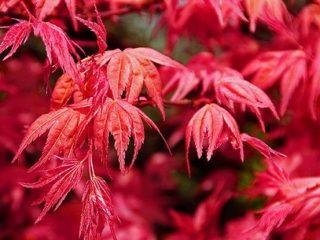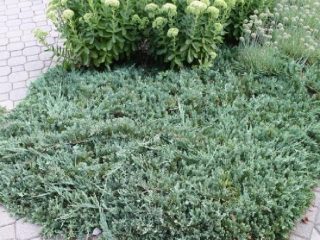Content
Ash maple is an extremely hardy, unpretentious and at the same time quite decorative tree. Therefore, despite the specific features, which are objective significant disadvantages, it is used in landscape design by both professionals and amateur gardeners. To prevent the tree from causing harm to other plants, it is necessary to learn in advance about the nuances of choosing a planting site and caring for it.
Description of ash maple
Ash-leaved maple, also known as American maple (Acer Negundo) is a species of deciduous trees belonging to the genus of the same name, which is part of the Sapindaceae family. Its homeland is North America (mainly forests, floodplains of rivers and lakes, wetlands). In the north, its habitat is limited to the states of New Jersey and New York, in the south – Texas and Florida. The plant is less common in Central America (Mexico, Guatemala).
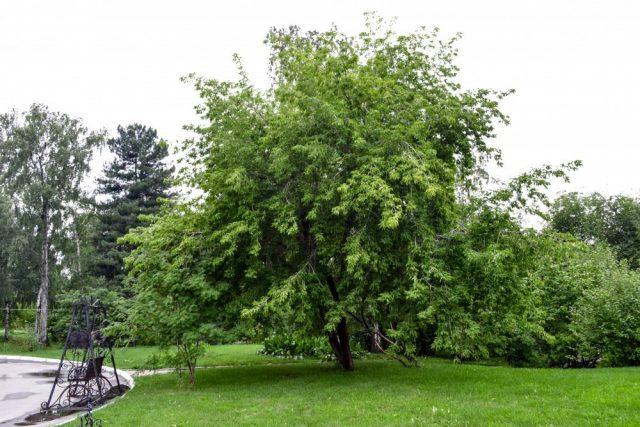
The tree successfully “gets along” next to a person, “occupies” the territories left by him
The tree “migrated” to Europe in the middle of the 17th century; in Russia, ash maple has been known since the end of the 18th century. The plant has successfully “naturalized” due to its high ecological “plasticity”. Initially, ash maple was grown exclusively in parks and botanical gardens, but it quickly “introduced” itself into the flora of different continents.
Thanks to its ability to actively form multi-tiered thickets, it displaces native species, inhibiting their growth and destroying ecosystems. Now in Eurasia it is officially recognized as one of the most aggressive “weed” trees.
Important! The harm of ash maple to other plants is not limited to rapid reproduction: it has also earned the nickname “killer maple” for the ability of fallen leaves to release substances that inhibit their growth. And for humans, it is dangerous because it can oxidize automobile exhaust gases to more toxic compounds.
The root system of ash-leaved maple is fibrous and superficial. The roots go deeper into the soil only if the substrate is very dry. “Male” trees actively form basal shoots.
The bark on the trunk is thin, grayish-brown, with shallow transverse “furrows.” The color of the shoots gradually changes as they age from greenish-brown to dark purple. Young branches are covered with grayish-green soft “lint”.
According to the botanical description, the leaves of the ash-leaved maple are located oppositely. The shape is complex imparipinnate. Most often they consist of three, five or seven “segments”, but their number can reach up to 9-13. The leaves are large (15-18 cm in length) and smooth to the touch. The front side is bright green, the back side is grayish-whitish.
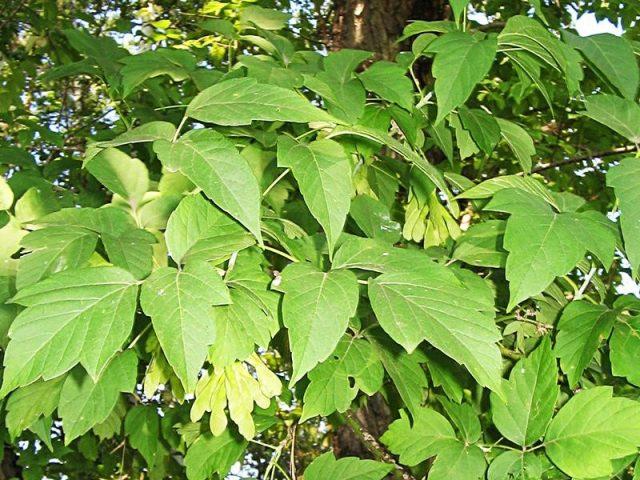
Crushed leaves emit an unpleasant odor associated with bedbugs
Crown height and shape
Ash-leaved maple is a tree whose average height is 12-15 m with a trunk diameter of 30-60 cm. In particularly favorable conditions, the first indicator can increase to 18-21 m, the second - up to 90 cm. The trunk is quite short, branching begins close to the ground or even from the roots.
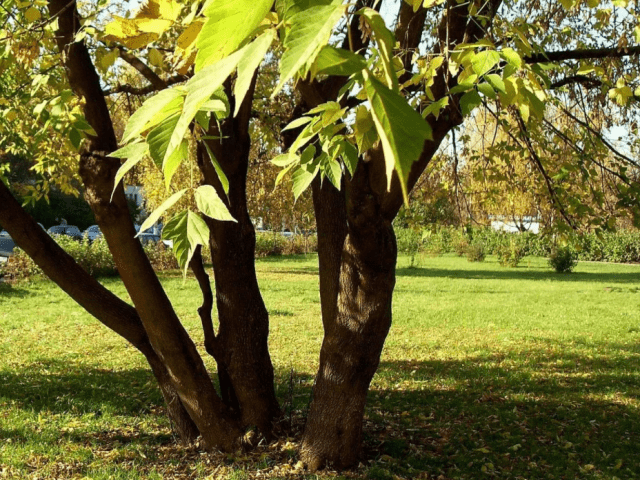
The trunk is divided into 5-7 “shoots” bending in different directions at unequal angles.
In this case, there is no need to talk about any symmetry, therefore the shape of the ash maple crown is most often characterized as “jump-like.” It is not very thickened.
Blooming maple ash leaf
Ash maple is a dioecious plant. There are “male” and “female” trees with different types of flowers. The first inflorescences are bunch-shaped, the flowers are dull red. On the second they are brighter, yellow-green, collected in brushes.
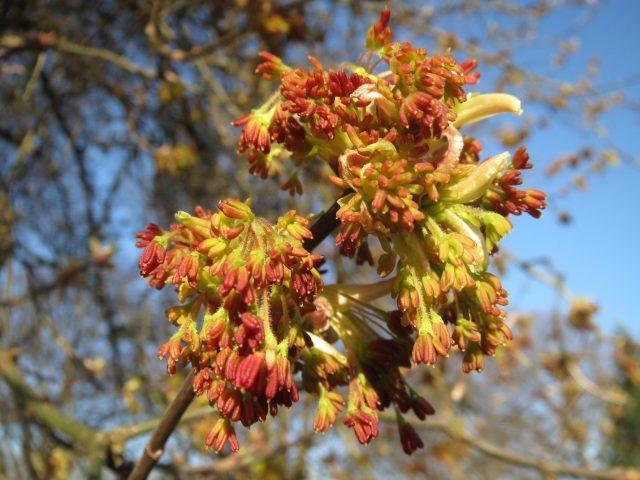
Flowering occurs in May-June, lasting for two weeks or a little more
Pollination of ash maple
The plant is pollinated by the wind, the process is very active. Acer pollen is a potent potential allergen that causes a complex of symptoms called “hay fever.”
After flowering and pollination, in August-September, trees older than 6-7 years ripen fruits that remain on the branches throughout the winter. In ash-leaved maple they are single-seeded lionfish with two wings. The seed itself is quite large, with a highly wrinkled surface.
Winter hardiness of ash maple
In terms of winter hardiness, ash maple belongs to the second USDA zone. It successfully survives frosts down to -40-45 °C. However, there is evidence that cold resistance is underestimated: in Russia, in conditions of a sharply continental climate (Yakutsk, Verkhoyansk), trees survive at -55-60 °C.
How long does the ash maple live?
It cannot be called a long-lived tree. Under natural conditions, the lifespan of ash-leaved maple varies between 80-100 years. In captivity, especially when planted in megacities with a heavily polluted atmosphere, the lifespan is reduced to 25-30 years. The tree loses its decorative properties even earlier, its top dries out.
Application and properties of ash maple
The wood of ash maple is fibrous, soft and fragile. It is used only for the manufacture of disposable containers and temporary fencing. Firewood made from it is also far from the best option; it will take a long time to dry.
The bark, seeds and sap of the tree have healing properties and are actively used in folk medicine. The juice is especially popular and is used, among other things, to make syrup.
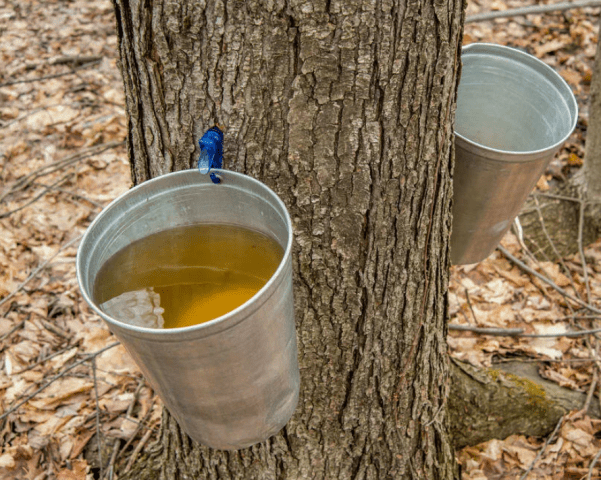
Maple sap is good for immunity, activation of metabolic processes and tissue regeneration
Varieties of ash maple
The varieties bred by breeders are partially devoid of the disadvantages inherent in the “original”. Popular among gardeners are:
- Auratum or Odessanum. Low (6-8 m), very fast growing tree. The leaves are bronze-green throughout the season and turn golden in the sun.
The ash-leaved maple Auratum is extremely unpretentious in care and survives severe frosts and long droughts without damage.
- Variegatum.A “dwarf” shrub variety with a height and diameter of 4-5 m. It is distinguished by a very thick crown. There is a pinkish-beige border along the edge of the leaf blades.
The blossoming leaves of the ash-leaved maple Variegatum seem to be crumpled, then they “smooth out”
- Flamingo. Tall (5-6 m) bush with a rounded crown. The leaves are initially light green, but as they grow they become covered with crimson-pink spots, with a border of the same shade appearing along the edges.
Ash maple Flamingo can also be formed as a standard tree
- Aureovariegatum. The bush is 4-5 m high and 5-6 m in diameter. The crown is thickened. The leaves are a rich green shade, with a pale yellow border along the edge.
Ash maple Aureovariegatum does not bloom, so an allergy to it is excluded
Landing rules
Both spring and autumn are suitable for planting ash-leaved maple. The choice depends both on the gardener’s own preferences and on climatic conditions. The tree can take root almost anywhere; the quality of the substrate and the level of light are not fundamentally important criteria for it.
Ash-leaved maple is planted in a hole with a depth and diameter of 50-60 cm. At least 4-5 m are left between adjacent specimens.
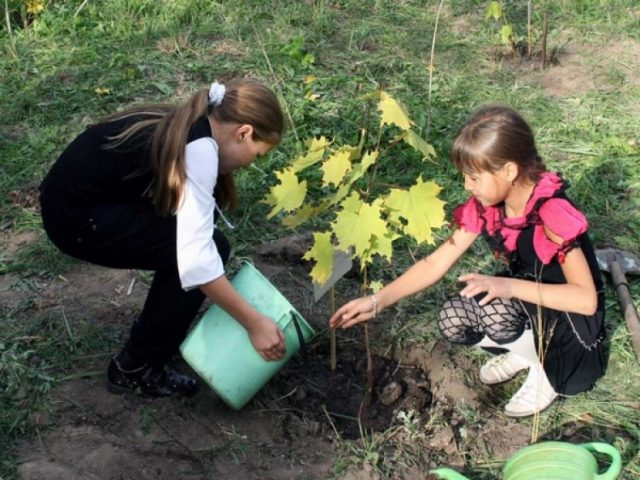
The root collar is not buried, leaving it flush with the surface
Care instructions
You will have to devote time and effort to caring for the ash-leaf maple regularly. Otherwise, other garden crops may suffer greatly.
Necessary agrotechnical measures:
- Watering. In the absence of precipitation, ash maple is watered 2-3 times a month. Young trees need more frequent watering.The approximate water consumption rate is 20-25 liters. In the hottest regions, it is recommended to cover the tree trunk with mulch to retain water in the soil.
- Fertilizer application. Natural ash-leaved maple can do without them. The varieties bred by breeders must be provided with nitrogen in the spring (watering with a solution of mineral fertilizer), and then complex preparations for ornamental garden trees must be applied 2-3 times from May to September at approximately equal intervals.
- Trimming. In addition to sanitary pruning, at the beginning and end of the active growing season, you will have to regularly remove root shoots. To rejuvenate and maintain the decorative appearance of mature trees, it is recommended that 2-3 of the oldest branches be removed annually, starting from the age of 10 years.

The ash-leaf maple tolerates a “haircut,” even a radical one, well; this procedure helps to restrain its growth and give the crown symmetry
Reproduction
Natural ash-leaved maple successfully reproduces by self-seeding and basal shoots. Moreover, he does this so actively that the gardener is often faced with the question not of obtaining new specimens, but of limiting their distribution throughout the site.
If you still need to grow a few more trees, you can resort to one of three methods:
- Rooting cuttings. They are harvested in early autumn. The most “promising” material is the middle part of a lateral annual shoot with at least 2-3 large growth buds 15-20 cm long.The cuttings are cut early in the morning and soaked in a biostimulant solution for several hours. Then they are “planted” in the ground, providing warmth (in the form of a “greenhouse”), long daylight hours and constantly maintaining the substrate in a moderately moist state. It takes 2-3 weeks for roots to appear.
Rooted cuttings, if the climate allows, can be immediately transferred to open ground, but more often gardeners prefer to wait until spring
- Sowing seeds. They are collected in the fall, dried, and during the winter they are provided with stratification, simulating wintering in natural conditions. In spring, the seeds are sown in any fertile but fairly loose substrate. After the appearance of the second true leaf, ash maple seedlings are transplanted into separate containers. Until next spring, they are “grown” at home, then planted in open ground.
The germination rate of ash maple seeds drops quickly, so they need to be planted next spring
- Transplantation of root shoots. A method that combines simplicity and efficiency. You just need to dig up the soil around the seedling at least 15-20 cm high and carefully separate it from the “parent”.
The plant is removed from the soil along with a lump of earth on the roots and immediately transferred to the chosen place
Ash-leaved maple in landscape design
Natural ash-leaved maple is not currently used in landscape design. Moreover, it is considered an “undesirable” crop. The varieties bred by breeders on its basis must also be planted with reasonable care, taking into account certain objective disadvantages inherent in them:
- relatively low life productivity;
- high growth rates;
- instability of mature tall trees with a “large-sized” crown due to the specific structure of the root system;
- very active formation of root shoots and self-seeding;
- the ability of pollen to cause severe allergies;
- inhibition of the growth and development of other cultures.
From this it clearly follows that it is impossible to select “companions” for the ash-leaved maple in the landscape composition. It is only suitable for “solo” plantings.
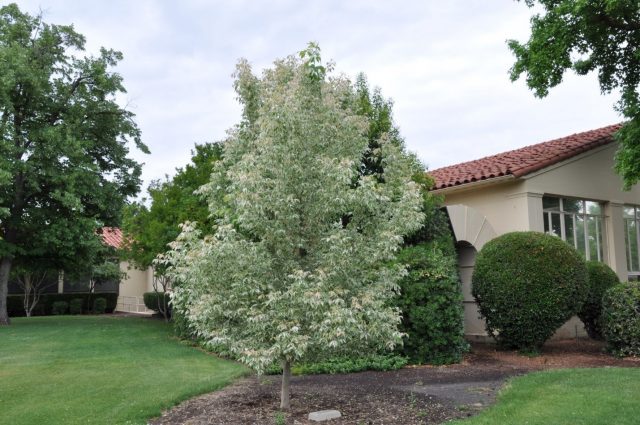
Flowering varieties that release pollen abundantly in spring are best planted away from houses and recreation areas
Conclusion
Ash-leaved maple is a tree with leaves of an original shape, distinguished by their bright autumn color. In addition, it is valued for its ability to adapt to different climatic conditions and successfully withstand negative external influences.
